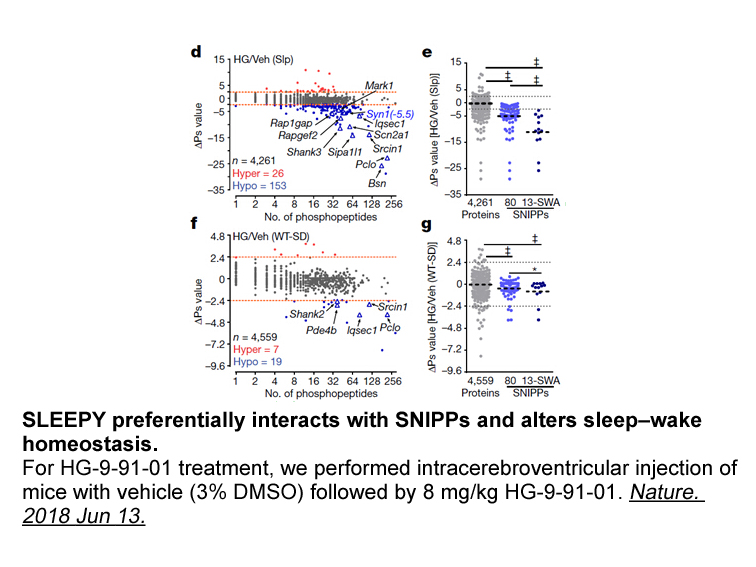Archives
A variety of quinazoline or fused pyrimidine substituted dia
A variety of quinazoline or fused pyrimidine-substituted diaminotriazoles showed sub-100nM inhibition of Axl (). Diaminotriazoles similarly substituted with quinolines, isoquinolines and benzothiazoles also showed potent Axl activity (data not shown), but generally exhibited potent cytotoxicity and INSR activity. An exception was Alverine Citrate mg , which contained a 6, 7-dimethoxyquinazoline on the right hand side. Data for some analogues containing the 6,7-dimethoxyquinazoline moiety is shown in .
The desired potency and selectivity for Axl over the INSR and PAD shown by compound was maintained, although Mer selectivity was not achieved. These compounds were also potent inhibitors of VEGF-R2. Unfortunately, oral rat pharmacokinetics showed high clearance and volume of distribution for this series.
A breakthrough came when a constrained norbornyl piperazine side chain on the left hand side was combined with bicyclic heterocycles on the right hand side (). Thienopyrimidine showed much-improved clearance (11.5 mL/min/kg), reduced volume of distribution and a promising half life (4.9h) in the SD rat. Comparison of compounds and , and , and and established that replacement of the left-hand side 2-pyrrolidinoethoxy group with the norbornylpiperazine significantly reduced cytotoxicity. Interestingly, compounds and did not show this trend. Most compounds in the norbornylpiperazine series  showed >50-fold selectivity over INSR but retained potent VEGFR-2 activity.
A further series of thienopyrimidine analogues of () included many analogues with improved Axl inhibition. Of these, only thienopyrimidines bearing a 5-methyl substituent ( and or a fused aromatic ring () had acceptable cytotoxicity. Given its good pharmacokinetics and acceptable activity and selectivity, compound was selected for further study.
The preparation of the two enantiomers of compound is shown in . PCC oxidation of commercially available (+)--Norborneol followed by reductive amination with 4-nitrophenylpiperazine and catalytic hydrogenation gave (1S, 2S, 4R) 1-bicyclo[2.2.1]hept-2-yl-4-(4-aminophenyl)piperazine . Reaction with diphenyl -cyanocarbonimidate in isopropanol gave -cyano-O-phenyl isourea The preparation of the required 2-chloro-4-hydrazino-7-methylthieno[3, 2-d] pyrimidine started with the conversion of commercially available methyl 3-amino-4-methylthiophene-2-carboxylate to 2,4-dihydroxy-7-methylthieno[3,2d]pyrimidine followed by chlorination and mono-hydrazinolysis (). Intermediates and were heated in NMP at 135°C for 15h to give . On a 40 gram scale this gave 46% yield. The same reaction in a CEM microwave apparatus for 6min at 180°C gave in 50% yield on a 1g scale. The preparation of the enantiomer started with the (1R, 2R, 4S) -cyano-O-phenylisourea which was separated by chiral hplc from the racemate. By SCF chiral chromatography had an e.e. of 95.5% while had an e.e of 98.5%.
The configuration of the norbornyl ring did not greatly affect the cytotoxicity or pharmacokinetics. Since showed better cellular activity than against Axl (136nM vs. 216nM) and could be made from commercially available material, it was selected for study in mouse xenograft models.
was tested in subcutaneous xenograft models in nude mice using two tumor cell lines. In the MDA-MB-231 human breast cancer xenograft model, both tumor growth delay (TGD) and tumor growth inhibition (TGI) were observed (). Oral dosing with at 125mg/kg b.i.d. resulted in 79% TGD. One complete remission and one partial remission were also observed (n=10). treatment at 85 mg/kg or 125mg/kg orally b.i.d for 21days resulted in statistically significant TGIs of 69% or 83% respectively, comparable to 84% TGI observed for the positive control Sunitinib given once daily at 80mg/kg. also showed efficacy in the Caki-1 human renal carcinoma xenograft model. A statistically significant 80% TGI (p<0.05; n=10) was achieved using 85mg/kg b.i.d , comparable to 85% TGI with Sunitinib (80mg/kg, once daily) in this model.
showed >50-fold selectivity over INSR but retained potent VEGFR-2 activity.
A further series of thienopyrimidine analogues of () included many analogues with improved Axl inhibition. Of these, only thienopyrimidines bearing a 5-methyl substituent ( and or a fused aromatic ring () had acceptable cytotoxicity. Given its good pharmacokinetics and acceptable activity and selectivity, compound was selected for further study.
The preparation of the two enantiomers of compound is shown in . PCC oxidation of commercially available (+)--Norborneol followed by reductive amination with 4-nitrophenylpiperazine and catalytic hydrogenation gave (1S, 2S, 4R) 1-bicyclo[2.2.1]hept-2-yl-4-(4-aminophenyl)piperazine . Reaction with diphenyl -cyanocarbonimidate in isopropanol gave -cyano-O-phenyl isourea The preparation of the required 2-chloro-4-hydrazino-7-methylthieno[3, 2-d] pyrimidine started with the conversion of commercially available methyl 3-amino-4-methylthiophene-2-carboxylate to 2,4-dihydroxy-7-methylthieno[3,2d]pyrimidine followed by chlorination and mono-hydrazinolysis (). Intermediates and were heated in NMP at 135°C for 15h to give . On a 40 gram scale this gave 46% yield. The same reaction in a CEM microwave apparatus for 6min at 180°C gave in 50% yield on a 1g scale. The preparation of the enantiomer started with the (1R, 2R, 4S) -cyano-O-phenylisourea which was separated by chiral hplc from the racemate. By SCF chiral chromatography had an e.e. of 95.5% while had an e.e of 98.5%.
The configuration of the norbornyl ring did not greatly affect the cytotoxicity or pharmacokinetics. Since showed better cellular activity than against Axl (136nM vs. 216nM) and could be made from commercially available material, it was selected for study in mouse xenograft models.
was tested in subcutaneous xenograft models in nude mice using two tumor cell lines. In the MDA-MB-231 human breast cancer xenograft model, both tumor growth delay (TGD) and tumor growth inhibition (TGI) were observed (). Oral dosing with at 125mg/kg b.i.d. resulted in 79% TGD. One complete remission and one partial remission were also observed (n=10). treatment at 85 mg/kg or 125mg/kg orally b.i.d for 21days resulted in statistically significant TGIs of 69% or 83% respectively, comparable to 84% TGI observed for the positive control Sunitinib given once daily at 80mg/kg. also showed efficacy in the Caki-1 human renal carcinoma xenograft model. A statistically significant 80% TGI (p<0.05; n=10) was achieved using 85mg/kg b.i.d , comparable to 85% TGI with Sunitinib (80mg/kg, once daily) in this model.